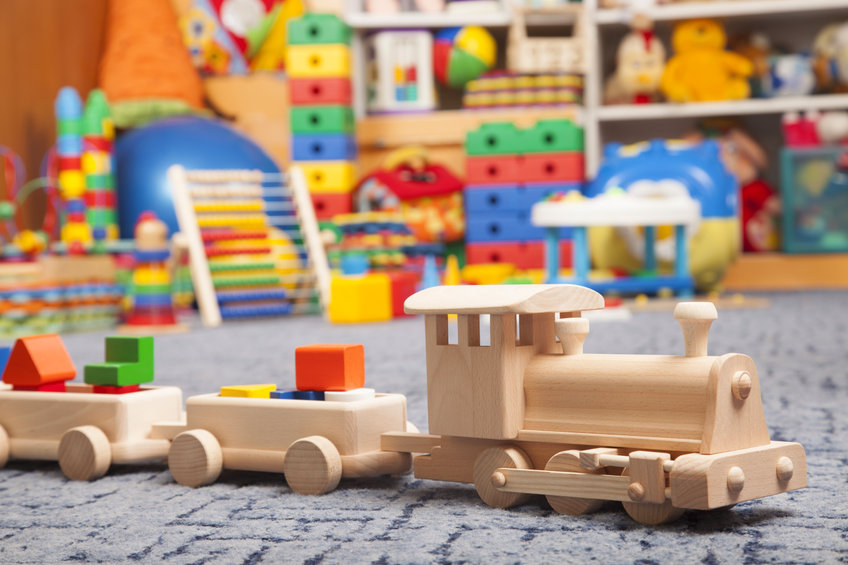
Toys are not just a form of entertainment for many children but also have an educational role. Outlined below are a few key factors and points to ponder on the importance of toys in child development.
Open-Ended Toys Spark Creativity and Imagination
One of the benefits of open-ended toys is that they can be played in more ways than one. This gives the child a chance to be creative with the toys and create narratives using them according to their imagination. Some of these toys, including mini-cars, animal toys, pretend food, dolls, and blocks help the kid think differently and see the world from another angle. Most children use these toys to create stories and scenarios out of their minds, expanding their creativity even further. It is thus safe to say toys and play are a child’s first classroom.
You will be surprised how kids repurpose certain toys to fit their imaginative character and purpose. This mostly happens when/if the toys are in limited supply or all they have. Simple tools such as a box, container, rock, or stick can be quickly repurposed and used based on the child’s imagination.
Learn About STEM
The brain of a child absorbs any information thrown at it. That said, toys allow kids to explore various aspects of life, including technology, science, art, engineering, and even mathematics. No toy is too complex nor straightforward in a child’s mind; they will use it as a learning tool. He/she may use the blocks to build a tower/castle and watch it fall the next moment, learning a few basics in physics. An RC car is one of the biggest puzzles for many children. Most of them will want to dismantle the remote control to see/learn how and what makes it work. Such curiosity stimulates the kid’s brain into wanting to know more about its functionality.
Creative play is more beneficial to developing a child’s brain; another reason kids need toys. Playing with different toys engages their senses, even more, giving them a cognitive edge over their peers and the world around them.
Refine The Kid’s Motor Development
Toys can help improve a child’s eye and hand coordination even at a tender age. The child will first learn to grasp/hold the toy before they can manipulate it. The process of learning how to handle (push, pull, turn, pinch, grab, etc.) different toys helps improve their motor development as they grow. Beesy Box is a family-run business that puts the importance of children’s toys first.
Most children will prefer toys that can fit in their hands as they are easier to carry and hold. They then learn how to stuff the toys in their pockets or respective storage area as well. Toys with even more minor details, such as zippers and buttons, give the child a better chance to practice and improve their motor skills.
Larger toys (bike, beach balls, pogo sticks, etc.) help older kids learn to manipulate their bodies to fit specific situations and positions. This prepares them to handle more challenging and complex tasks in the future.
Fewer Toys Are Better Than Lots Of Them
Too many toys can be overwhelming for most children and may at some point impact their creativity. Fewer toys, on the other hand, allow the kids to get creative to create different characters from the same. It is easier for kids to cherish a few toys than if they were spoilt for choice. If you’ve noticed your kid struggle to clear their toys after playing, chances are they are too many for them. Too many toys could also affect their emotional well-being, a reason you might want to take some of them away. Grouping the toys in categories can also help the kid make better use of them than if there were all stuffed in a box/cabinet.